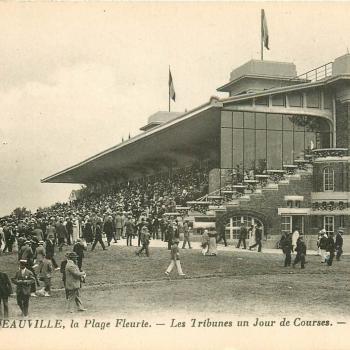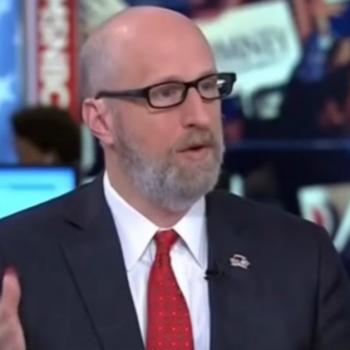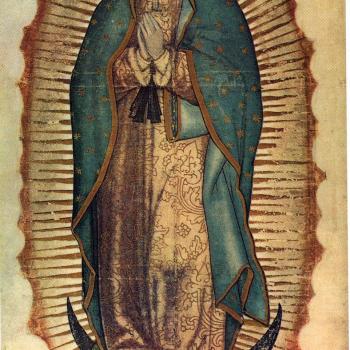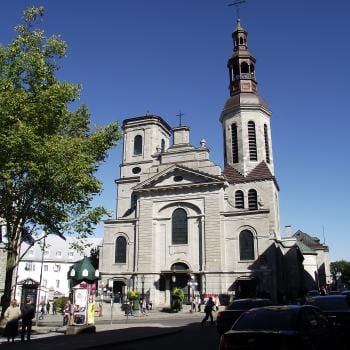I would have thought that the recent scandals among Rome’s bishops would diminish some of the communion’s appeal. To make matters worse, Charlotte Allen, observed how quickly Rome’s clergy abandoned the Covington, Kentucky high school students who lit Twitter for almost a week:
The long-term takeaway from the sorry incident isn’t the complicity of the mainstream media in broadcasting a lie after failing in their basic journalistic duty to do some reporting (we all know the media are primed to jump on anything that discredits Trump, white males, and opposition to abortion). It’s the pathetic spectacle of Catholic institutions and Catholic public intellectuals wringing their hands and rushing to condemn the boys minutes after the original video went viral. Like the journos, they did not bother to investigate or even wait a few hours for the truth to emerge. They simply assumed the boys’ guilt because the mighty mainstream media said so, and then hastily went public to apologize for something that never happened, assuring liberal critics that they, too, considered the youths—their own students, parishioners, and co-religionists—to be deserving of grievous sanctions.
R. R. Reno has pointed out that today’s Catholic leaders are “[o]verwrought with anxiety about their roles in elite society.” That’s true, but I think there’s something more: a deep and pervasive crisis of confidence among educated Catholics in their own institutions. One reason for this inferiority complex is the clerical sex-abuse scandals that have rocked the Church since 2002, undermining the moral authority of Catholic bishops. But the problem goes back to at least the 1960s. As the late priest-sociologist Andrew Greeley observed, postwar suburban Catholics, newly freed from their stigma of inferiority as urban ethnics, yearned to be seen as “full-fledged American[s].” They began to deem the edifices they had built—schools, colleges, publications—as somehow lesser than the secular world’s edifices. The New York Times, not Our Sunday Visitor, became their benchmark of social approval.
None of these warts (or worse) prevent Protestants from thinking they can trade up by converting to Rome.
I was unexpectedly overwhelmed instead by a peaceful desire to come as quickly as possible into full communion with Rome, not simply to be rid of Anglicanism…. Eventually I woke up knowing that if I believed the faith that Newman, John Paul II, and so many saints believed and made sacrifices for was true, then choosing to stay out of it was perilous to my soul. I was living in a small world, and a very large one beckoned. One of my new Catholic friends, a priest, told me in stark but invigorating terms: “The Catholic Church is perfectly awful. But it’s the real deal.” It was a wholehearted welcome with no sugarcoating. Here was the holy danger GK Chesterton commended as “the thrilling romance of orthodoxy”.
…More than 15 difficult years after his eventual conversion, Newman declared: “It was like coming into port after a rough sea; and my happiness on that score remains to this day without interruption.” When my family and I were told at Mass for the Solemnity of Mary, Mother of God, that the Church welcomed us, we knew it was true. The Church in our day, like every age, is full of problems. Our lives as Catholics may not be easy; but we also know that the truth of Christ has brought us into port.
Imagine writing that about the United States during the Trump Presidency. Many will differ on which is worse, the scandalous conduct of the forty-fifth president or bishops and priests’ gross disregard for God’s moral law and communicants’ well-being. You might say, it’s a toss-up.
In which case, the way to recover American greatness even in the age of Trump may be to take a page from this convert’s playbook. If editors at CNN and the Washington Post think the United States is so star-spangled awful with Donald Trump as president, all they need to do is repeat:
The United States is perfectly awful. But it’s the real deal.















